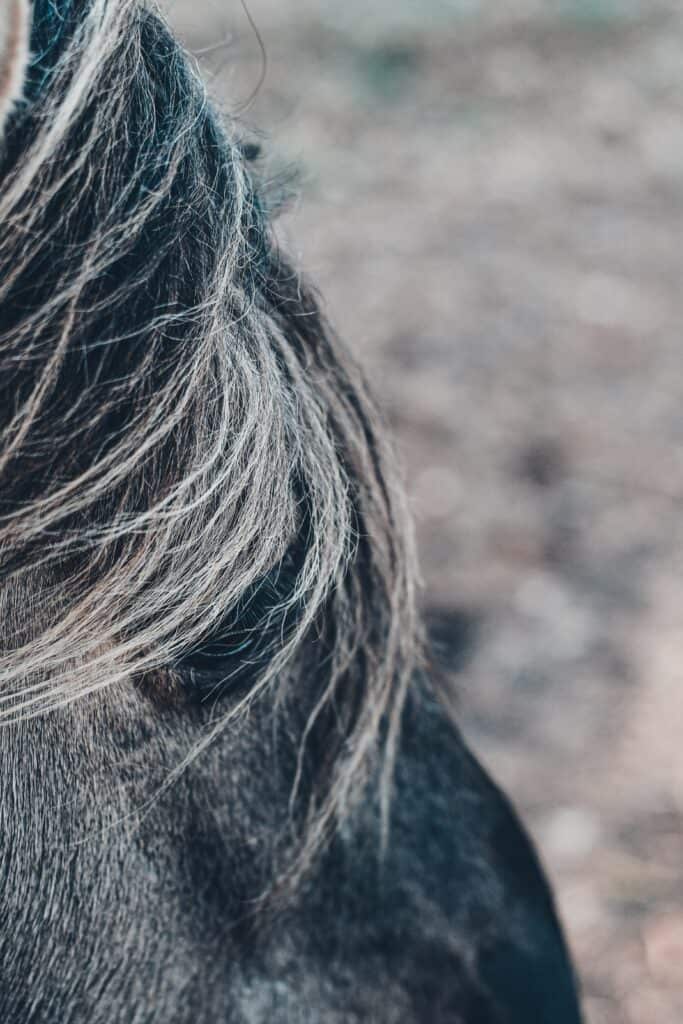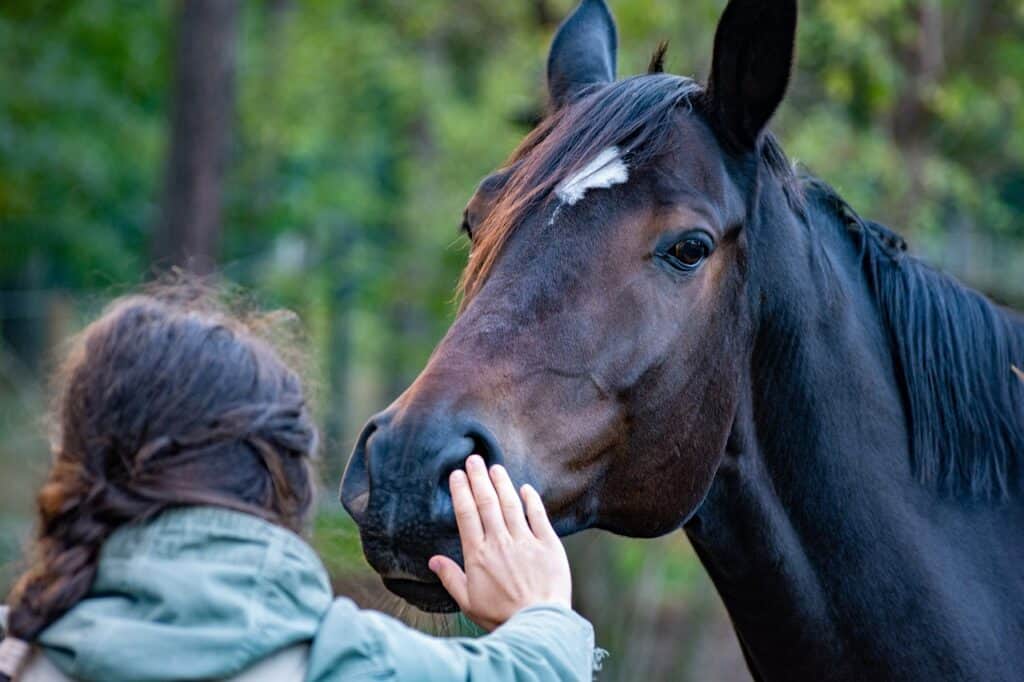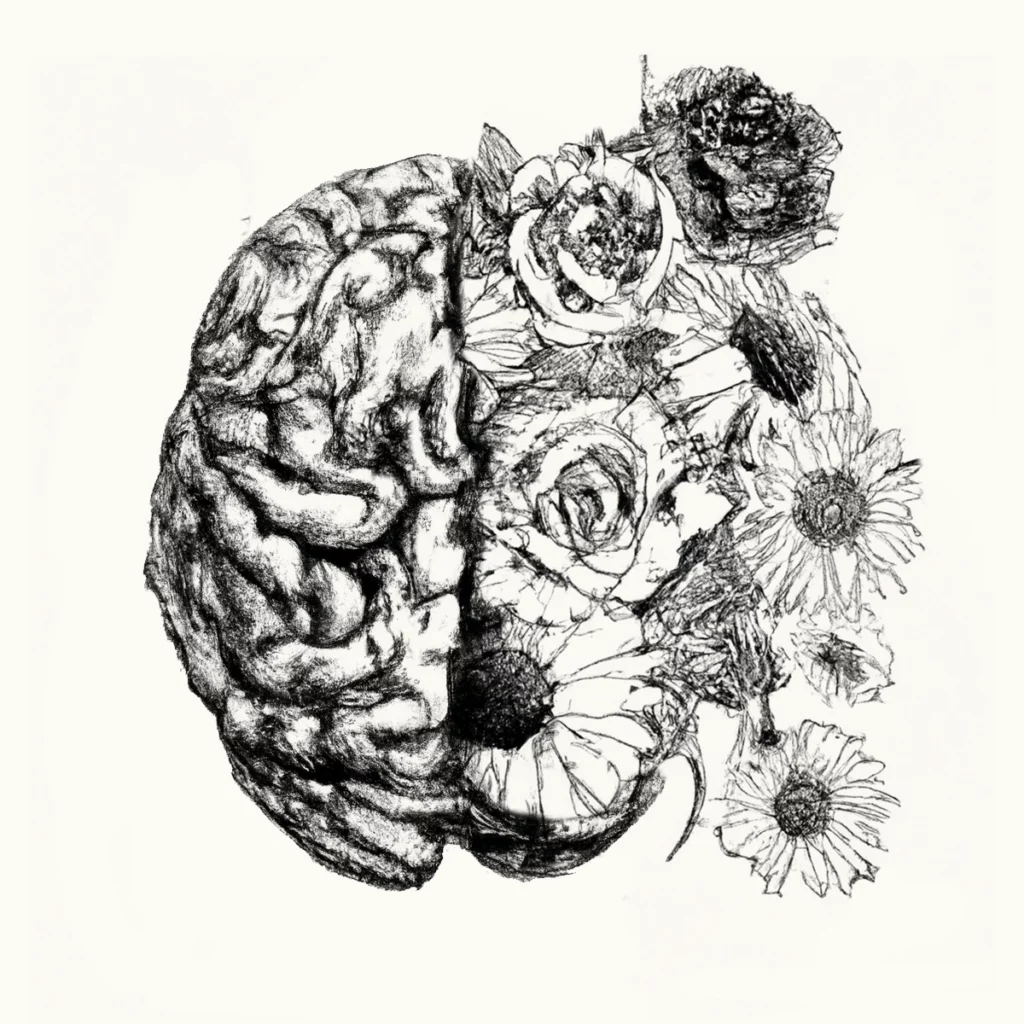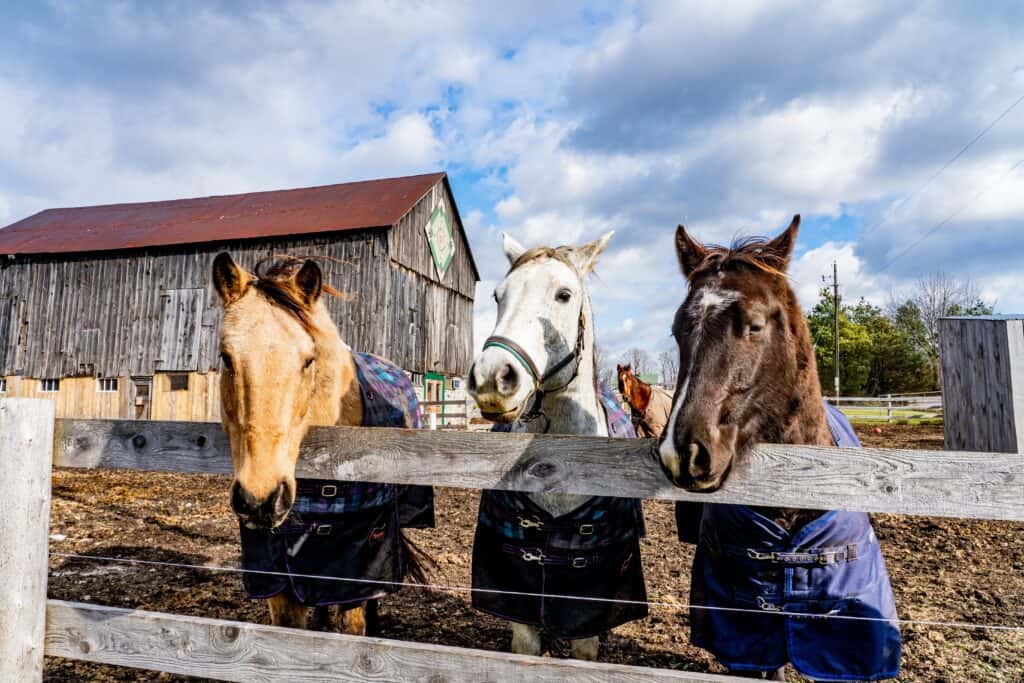Trauma’s Influence
Let’s face it, whether or not we identify ourselves as a trauma survivor, our personal perspectives and histories of trauma come into play, regardless of whether we think we are “working on trauma” with our client(s), and regardless of whether it occurs in or out of the arena. Trauma’s influence is present, even if we are not present to it. And, as hard as it is to hear, it is equally important to explore our own personal work if we are to, in turn, ask others to do the same.
It’s not a popular opinion mind you. As an example, many of my students have heard the story of when I got interviewed as a potential Ted Talk speaker about EA-EMDR and my work with highly dissociative clients. After much discussion about my perspective that unhealed dissociation veils our deepest rooted pain, both individually, but also on a societal level, the interviewer curtly replied “well we can’t tell our listeners that they all need therapy, now can we?” To which I chuckled at the irony and responded, “and with that, you have succinctly proven my point.”
Needless to say, while doing our personal work isn’t popular, it’s still necessary, especially if we are asking others to do the same. For, as Carl Jung implored us to consider, if we don’t do the inner work that no one else can do for us, then we will find it reflected to us on the outside and think it is just our fate.
Laying the groundwork for foundational principles
It is my way of begging practitioners in the field, both therapist and equine-specialist, to really understand trauma, but more importantly to learn the foundational principles, the groundwork. For, as many of my students have heard me say, over and over again, providing equine-assisted therapeutic services of any kind, is not just about throwing the client(s) and horses in the arena, hoping for the best, and seeing what happens. And, if we don’t think that clients aren’t impacted by this, then we would be wrong. We can do better than that.
There is a focus in our EAP/EFP field on what makes us and our models different, unique, more marketable, more desirable to grants, and unlike the next program. I believe that for our field to be able to sustain itself and bring forth a greater sense of integrity, let alone a greater sense of legitimacy, we must also be able to bring certain set of foundational principles to the client and equine therapeutic experience, especially as it relates to working with complex trauma and dissociation.
I am also going to say something that may be uncomfortable to read. I actually hate even writing it and can feel myself squirming in a sweaty pool of vulnerability as I do, but still believe it to be a necessary invitation for discussion. Unfortunately, I have seen it over and over again working in and supervising agencies, both equine and non-equine, that there can be a mentality of “there is a grant, let’s make a program for it.”
The chase to find finances often determines the population served, as opposed to the population and current clinical needs defining what funding to seek. The shadow side is that if an individual or agency chases a financial carrot, but does not have the clinical expertise on board, even the greatest of intentions, love for a population, and money isn’t enough. If we work with trauma, whether in our outside of the arena, without having foundational principles of good trauma therapy regardless of model, we can, in fact, do harm, and we do.
Treating Complex Trauma Both In and Out of the Arena
It can happen throughout the therapeutic world, not only in the field of providing equine interactions. For example, in my EMDR training, I am constantly reminding folks that, just because you are getting trained in EMDR, does not mean that you can “do EMDR” with every population. Instead, we must consider that our training(s) sits on top of a foundation of knowledge. We must have a larger understanding of the clinical nuances of working with the specific population(s) that we serve, no matter what modality we chose to work with.
Similarly, if we are seeking to provide trauma focused therapeutic services via equine interactions, we must also have a foundation of knowledge about how to work with trauma, first. Using a term that we horse folks all know, the groundwork must be there, first. We don’t start to teach the Spanish Walk online, before having the horse be able to follow the feel of the lead line in the first place.
No matter what EAP/EFP model we have ascribed to, I would imagine that we can all agree on one thing, that the healing work we witness with our clients is often moving and often indescribably heartrending. Along with our passion for horsemanship and our love of the horse stands our own transformation by the experience. Thus, our love of the field of providing equine interactions in therapeutic settings continues to call to us, asking us to expand our knowledge. We are asked to not only embrace not only what we learn from the horse, but also from each other as fellow travelers on this journey to support our clients’ healing from their deepest of hurts.




